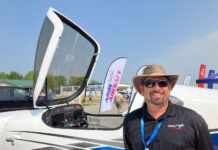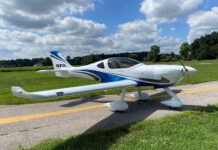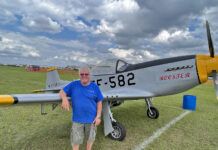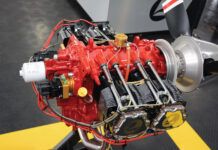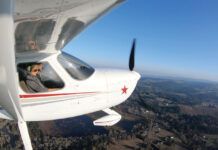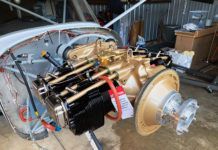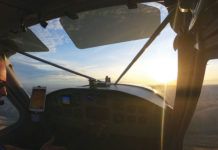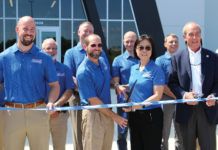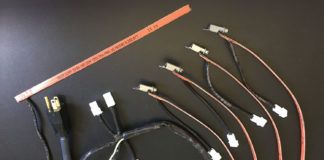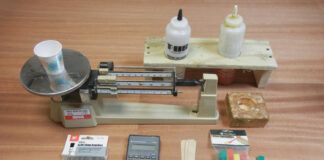 Every time we go to a major show, we try to make sure to drop in on Nick Otterback to see what he’s been working on. The designer behind the Arion Lightning is always forthcoming and never gets ahead of himself. He lets us know what’s on his plate, but is quick to say “it’s not quite ready for you to fly yet” if some new design isn’t.
Every time we go to a major show, we try to make sure to drop in on Nick Otterback to see what he’s been working on. The designer behind the Arion Lightning is always forthcoming and never gets ahead of himself. He lets us know what’s on his plate, but is quick to say “it’s not quite ready for you to fly yet” if some new design isn’t.
I really like that in a kit manufacturer!
You see, a week doesn’t go by when the editorial email receives an announcement of yet another new airplane design that is going to be available as a kit. Well, maybe not every week—but I bet it’s 30 times per year. And most of those designs look really interesting, with fabulous performance numbers and pretty pictures. But if you look closely at the pictures, you eventually figure out that what you’re looking at is the product of 3-D graphics magic. And when you read the fine print, you discover that the airplane is still conceptual, and that the company is hoping to start construction of a prototype “very soon.” Probably as soon as they get enough deposits to pay for the work!
Not Arion
Arion is not like that…ever! Nick Otterback has been working on airplanes for a long time, considering that he is still young (compared with the rest of us), and he knows that the quickest way to lose trust as an aircraft (or aircraft kit) manufacturer is to make promises that you can’t keep.
The Lightning started life with a Jabiru powerplant on the nose, and KITPLANES liked it. When I came on board six-plus years ago, Nick was working to install a Lycoming O-320 on the firewall, and while it looked like a done deal when we first saw it at Sun ‘n Fun, Nick was quick to tell us that he was still working on the right prop—or maybe it was the cooling. It didn’t matter. We were drooling over the opportunity to fly this sleek machine but he wasn’t ready to let us do it because he wanted to “get it right.”
Eventually, of course, he did. We reviewed the airplane in the April 2015 issue and loved it. “The aircraft delivers what it promises,” I said in that review. Flying the machine out of Oshkosh, we shot a bunch of landings at nearby Waupaca, and almost didn’t want to go back to the show. The airplane flew well and had good performance numbers.
Better than expected, actually. “Speed is hard to get in an airplane; the drag increases with the square of the velocity, so gaining a few knots in the low end of the range is simple,” we said in the 2015 review. “But knots at the top end are far more costly in terms of power. So while the Lycoming is providing 40 more ponies than the Jabiru, you don’t see a proportional increase in speed—you get a fraction of that. The clean lines of the Lightning airframe make it fast already with the smaller engine, so trying to increase speed with horsepower is that much more difficult. Yet the Lightning is seeing an increase of 20 knots at cruise—a healthy gain.”

Core Values
With a comfortable cockpit, the Lightning was small but efficient—and, yes, it could carry two people with enough luggage to travel. Handling was excellent, landing was a no-brainer…what was there not to like?
Enter the new engine: the Titan IO-340. Lighter and more powerful, it promised to be the next step up the evolutionary ladder of the Lightning. Consider the benefits. It has the power of a parallel-valve 360 with the weight of a lighter-spec 320, and fits into the same space as the 320. (Remember that the 360 is slightly wider.) Again, what’s not to like? We heard of the concept at AirVenture 2018, and saw the airplane at Sun ’n Fun 2019, where Nick told us, candidly, “Yeah, it’s flying, but I’m still working on a few things like the prop, the right idle speed, cooling…stuff like that.” He promised us a crack at it when we got to Wisconsin—so long as he felt the airplane was ready.
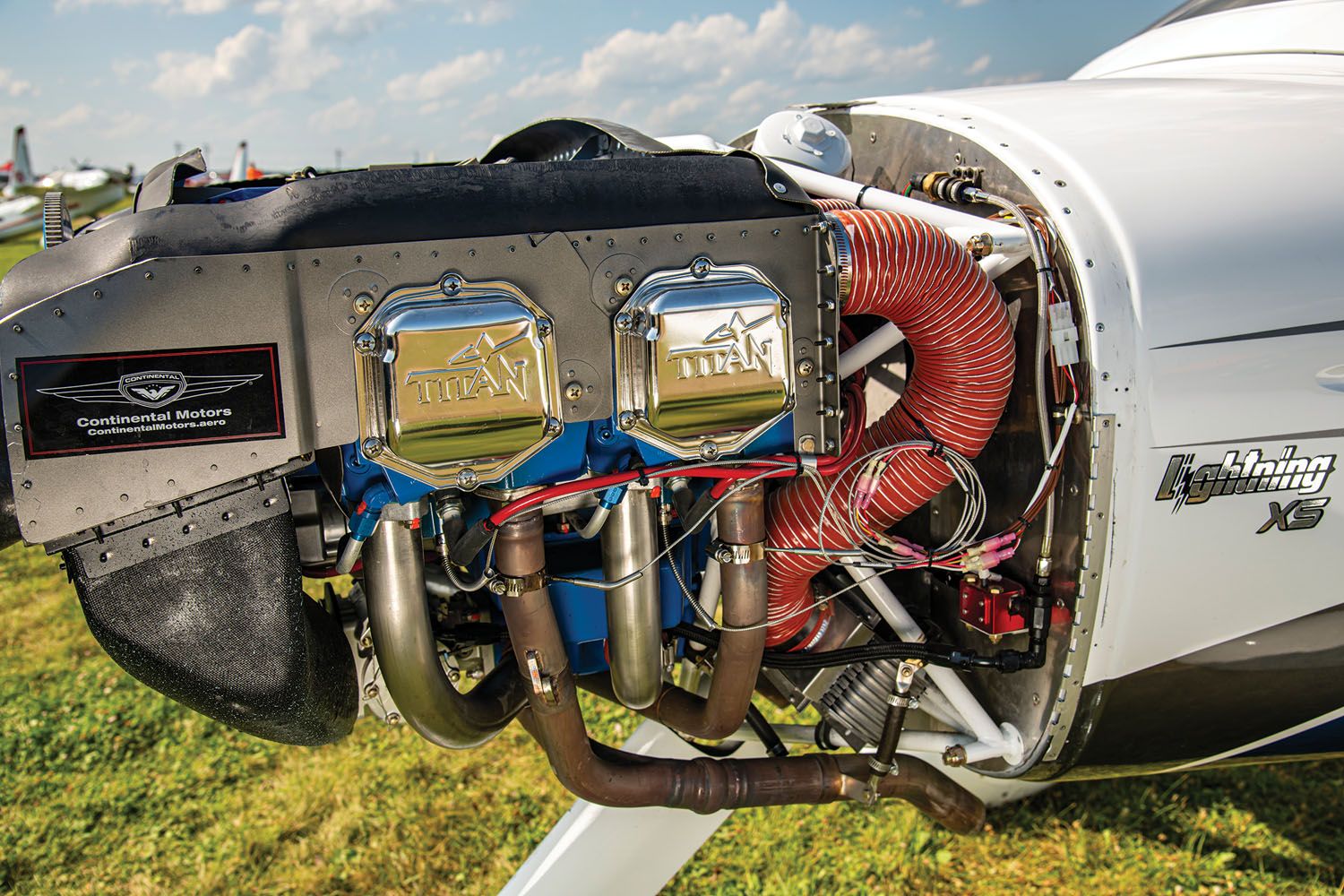
Dawn Patrol
Working an aircraft evaluation in to the AirVenture schedule is always tricky. Most manufacturers are there to display their airplanes to the public and its hard to do that with an empty booth because the airplane has gone flying. So, the best way to do these things is early morning. Not only is the show not yet open (officially, it opens at 9 a.m., much to the surprise of the hardcore homebuilders who never leave the field, and figure the excitement runs 24 hours a day), but it works well for air-to-air photography. And the lack of traffic before 8 a.m. is just a bonus!
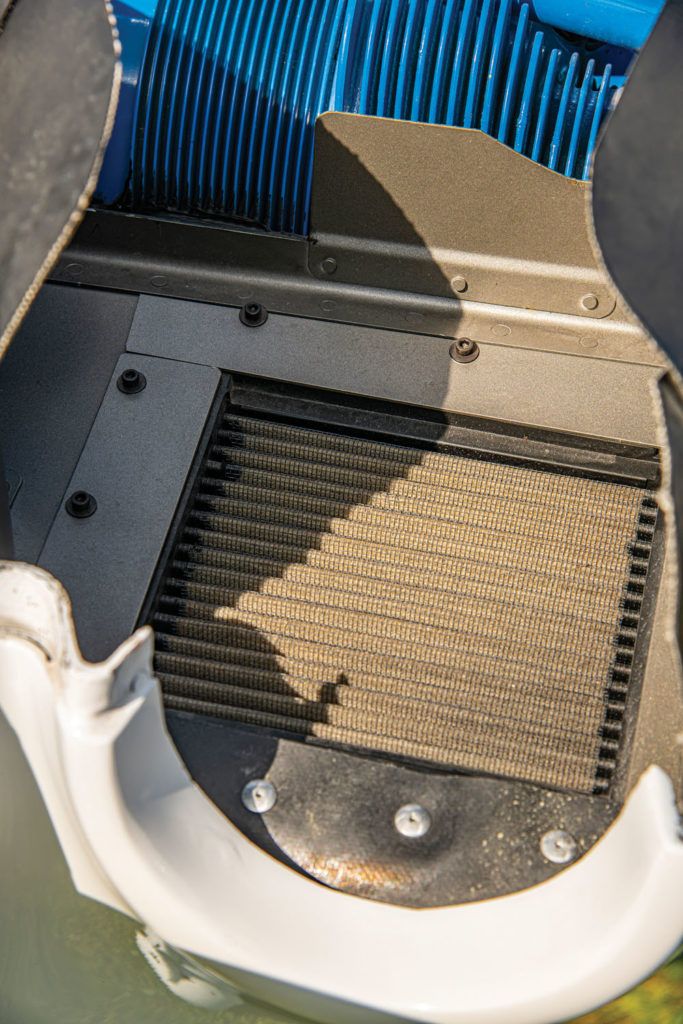
So it was with the dawn light beginning to break over the homebuilt area that we met up with Nick for a planned 6 a.m. departure to rendezvous with a photo ship, followed by some familiarization flying until the field opened for arrivals at 7 a.m. The Wisconsin weather smiled upon us, with no fog and wide temperature dew point spreads to assure that we wouldn’t be caught by hazy skies. There is a certain feeling of covert operations when rolling an airplane out to the edge of the tie-down area prior to the ATIS going active at 6 a.m., which signals that it is legal to start engines, but we were sitting in the cockpit on ready alert, with the radio on when the announcement came. We hit the starter and headed for Runway 27, where we could see the strobes on the Beech A-36 that housed our photographer.
As we crossed the closed diagonal runway, we heard the Bonanza call for takeoff clearance, and the sleepy tower operated cleared him “as requested.” We were about 30 seconds from the runway, so chimed in that “we wanted to follow the Bonanza, as we were their wingman,” and the response was, “Okay, you can do that.” I’m sorta guessing that the recorders were not yet in operation but, hey, we had our clearance and rolled on to the runway, quickly climbing after the tail beacon of the departing Beechcraft. And gaining on it quickly! The Lightning was already showing its performance—and we had just begun.
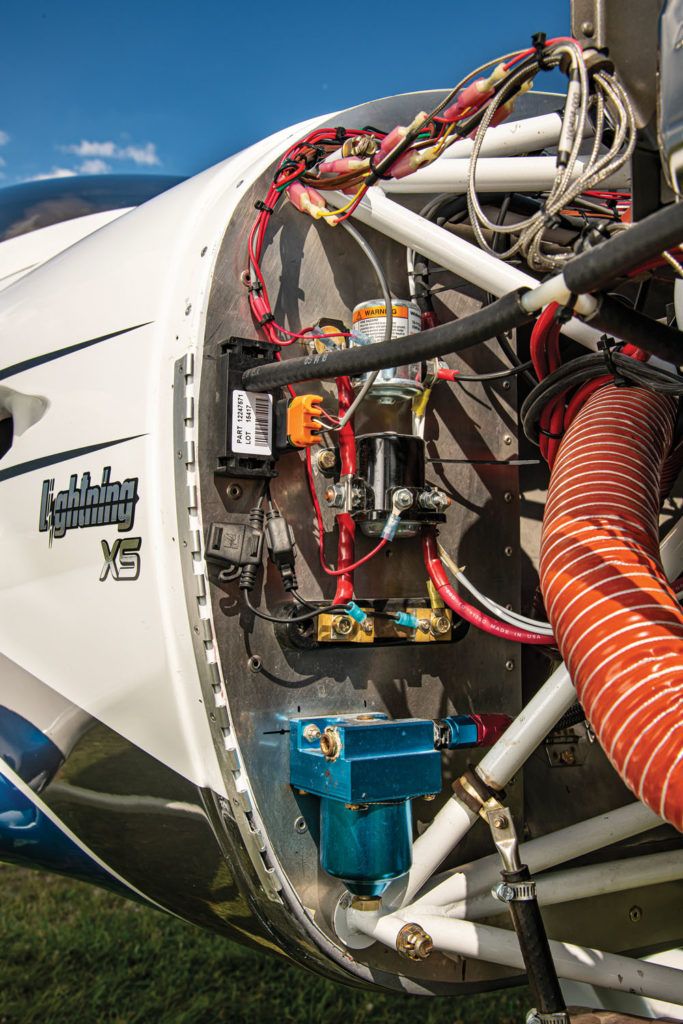
Feeling It Out
I could go into a long and detailed description of our photo mission, but the pictures can do the talking! Photo flying is about holding an airplane within a few feet of the positions requested by the photographer. Here, the Lightning was smooth, stable and responsive enough to perform the task eloquently. After we’d stared in to the sun for long enough to get the right exposures, it was time for the Bonanza to bring in another subject—this is how morning photo jobs work at Oshkosh, with subject ships launching about 30 minutes apart, and finding the camera ship over a known landmark at the appropriate time, when it’s their turn. With a wave, we broke hard right and came off the A-36, and it was time to get to the fun part—seeing just what the 340 would do.
Since we had about 30 minutes before the Fisk arrival would be accepting arrivals, and we were already up to speed, the first thing we did was to see just what the airplane would do. I had noted that on our departure from Oshkosh, chasing the Bonanza at 500 feet AGL—where else but AirVenture does the FAA mandate flying at 500 feet until you’re five miles from the field?—we were seeing a snappy 148 knots true with 2400 rpm and 22 inches of manifold pressure. Now that we were free from the camera ship, I let things accelerate as we leveled off at 4000 feet. When we were stabilized, she showed 157 knots true…not bad for an IO-340. Not only was the speed good but on the way to 4000 feet, we had a nice stable 2000-fpm climb going. Performance did not disappoint!
Handling, Good as Ever
Handling was what I had come to expect from my previous flights in the Lighting but with a little difference. The 340, being lighter than the O-320 previously fitted, shifts the CG aft a bit, and the lighter nose makes all the difference in a light aircraft! Anyone who has flown the same model aircraft, such as an RV-8, with the heavier angle-valve IO-360 and then flown the same type with the lighter parallel-valve 360 will understand what I am talking about. It’s not just center of gravity, it is the extra mass that acts out there on the moment of inertia that you can feel when you fly.
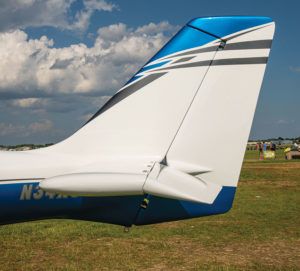
The lighter nose makes the airplane more responsive in pitch. Not that the Lightning with the heavier O-320 isn’t responsive, it’s just that the 340 version is more so—making it a delight to fly. You can trim either version for hands-off flight, of course, but the new installation allows a quicker pitch rate, more in tune with the roll rate given a certain amount of stick deflection. In other words, the airplane is nicely harmonious in roll and pitch. And, like most faster kit aircraft these days, rudder is hardly required when you are up and away. The new engine is smooth, which fits with the lines of the Lightning airframe, and it truly slips through the smooth air of a Midwest morning.
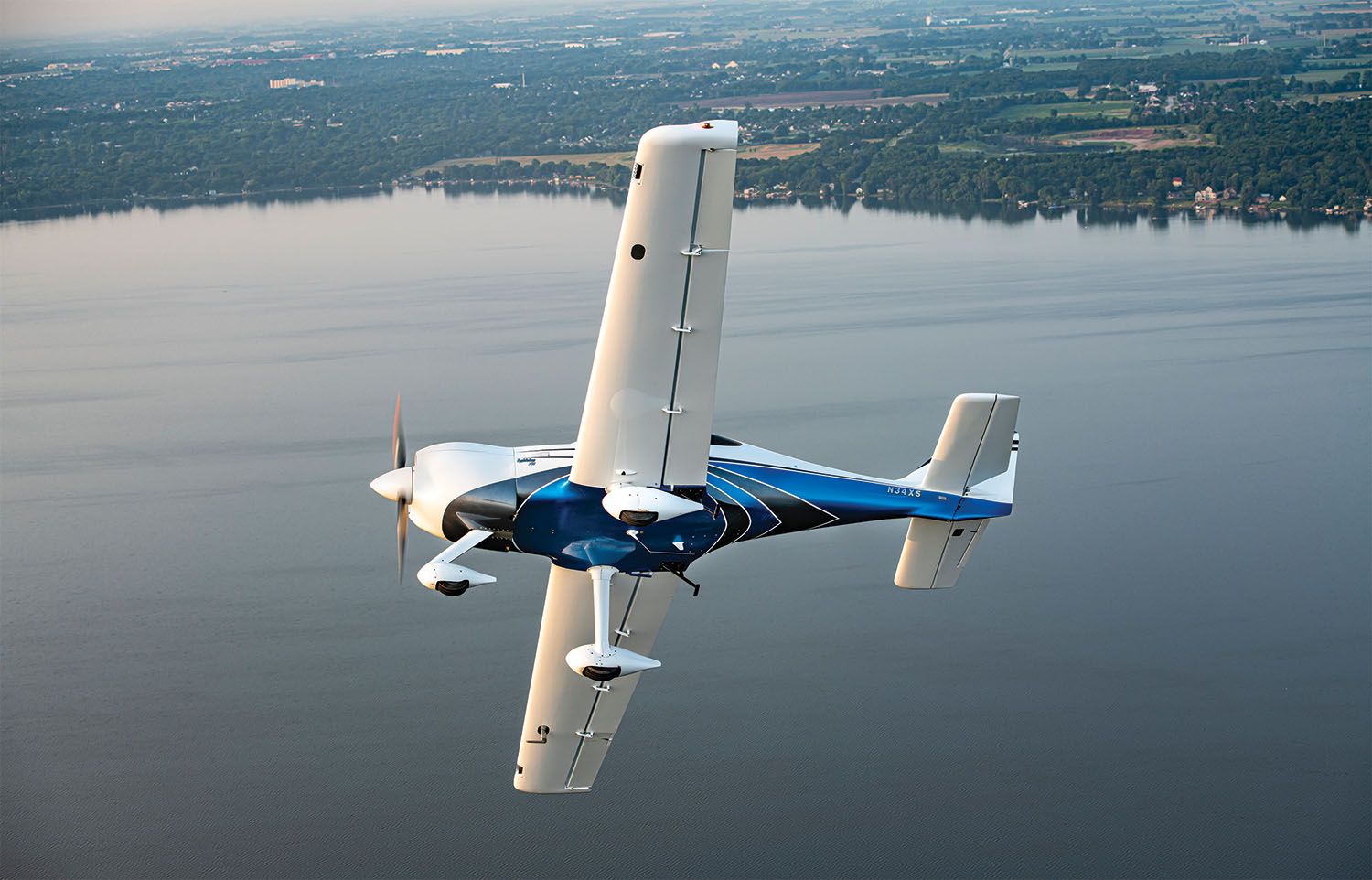
Steeper and Slower
Getting a little more aggressive, we rolled the airplane into steep turns in both directions, and it tracked and handled like it was on rails. It was easy to hold altitude with 60! of bank, and the power was there to keep the turn going indefinitely without ending up in an accelerated stall. Although it is not an airplane designed for aerobatics, it certainly behaves as one.
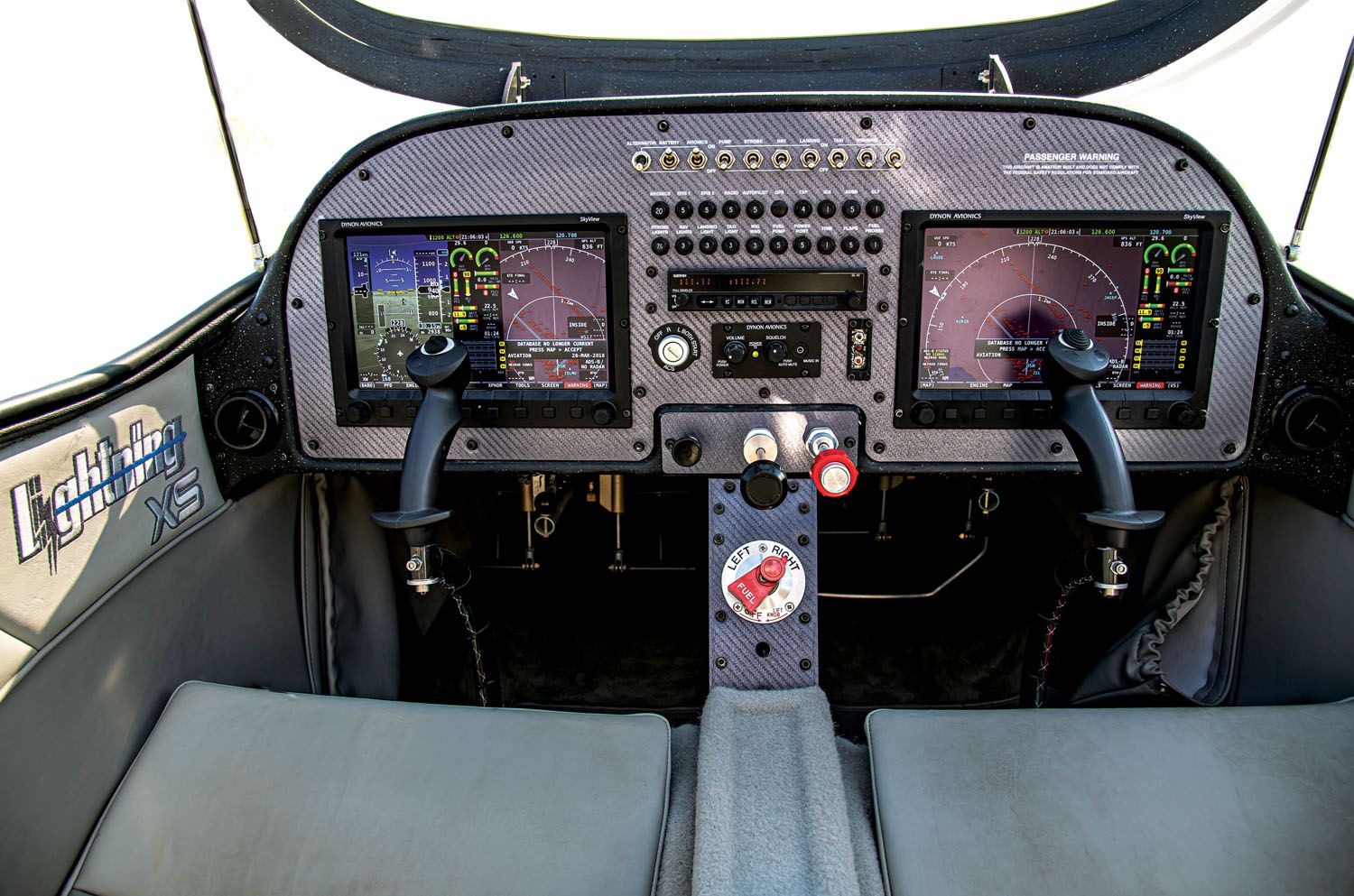
Any time you like an airplane at the top of its speed range, it’s important to slow things down and see how well behaved it is at the bottom. The Lightning is excellent down near the stall as well. It feels solid in slow flight, with no tendency to dart left or right in an incipient stall. We could have tooled around the Wisconsin skies burning next to no gas for hours if we’d needed to, and done so without the fatigue that comes from holding an airplane on the razor’s edge. Fortunately, we didn’t have to. We had wound our way down to Green Lake as we maneuvered, and look at that, it’s 7 a.m on the dot, time to look for traffic and be one of the first ones to cross Ripon on a fine Thursday morning in July!
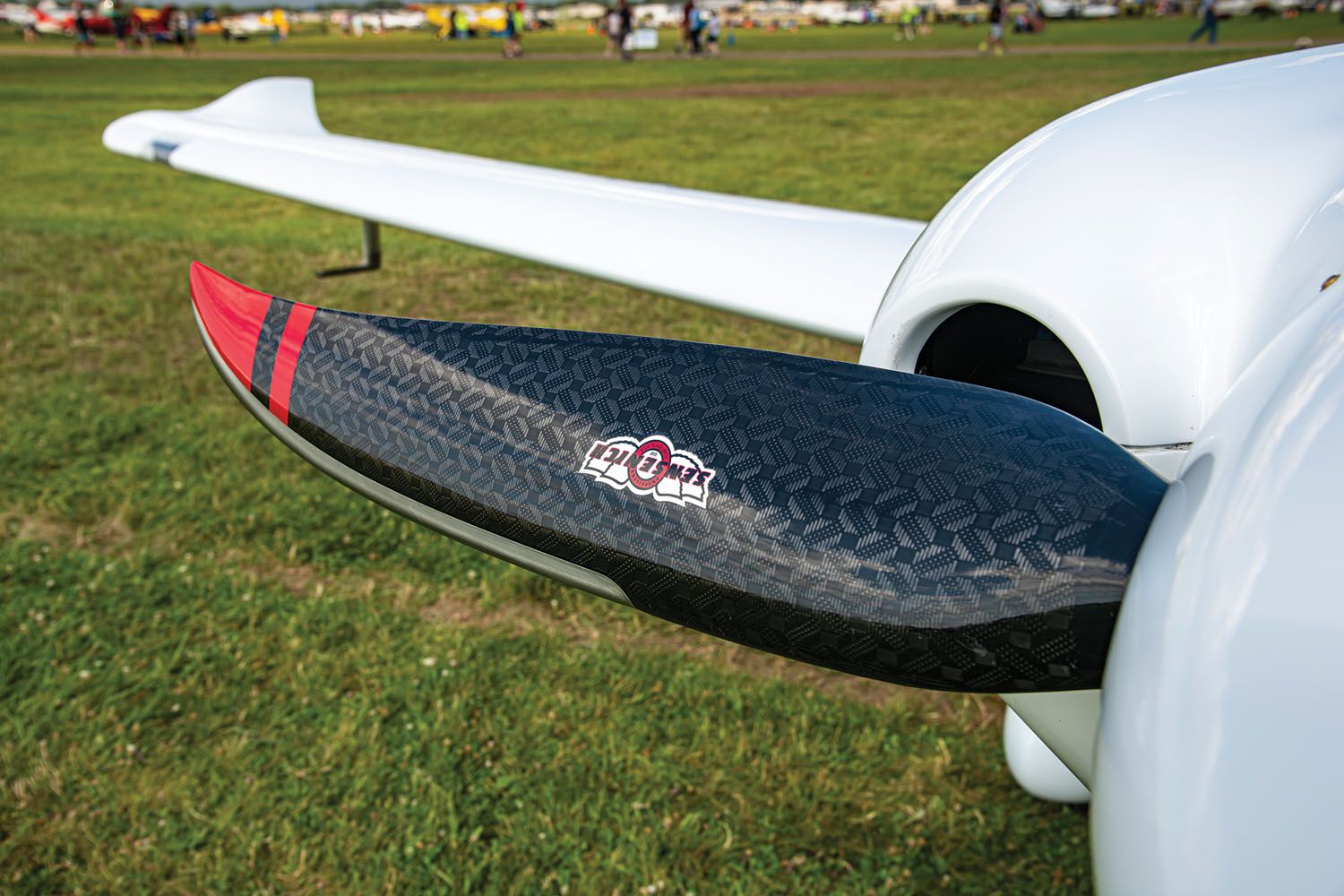
Since I have flown the airframe before, I turned the piloting duties back over to Nick for the approach into the busiest airport in the world, and contributed to watching for traffic, which was wonderfully light as we slid in to runway 36L and found our way back to the new homebuilt aircraft display area. The landing was predictable and smooth, and it was time for breakfast—what a way to start an Oshkosh morning.
Choices, Choices…
As I stated up front, the Lightning has evolved through a number of different engine choices, and the good news is that Arion supports them all. This makes it convenient if you happen to have inherited Uncle Jim’s low-time O-320 or you happen to know of a Jabiru-equipped airplane that was unfortunately crushed in a tornado-related hangar collapse. But if you’re going to purchase new, and have the world of engine choices available, the 340 should well be at the top of your list. Light and powerful, it gives you an airplane that will carry two people and necessary accouterments for a weekend trip (even camping if you have lightweight, compact backpacking gear) and will let you have fun doing it.
It’s great to see what Arion’s Nick Otterback can do with the time and patience to get a design really right. The added power and reduced weight do lots of good for this design, and take nothing away from it. In this sense, the Lightning XS (IOX-340) was worth waiting for.
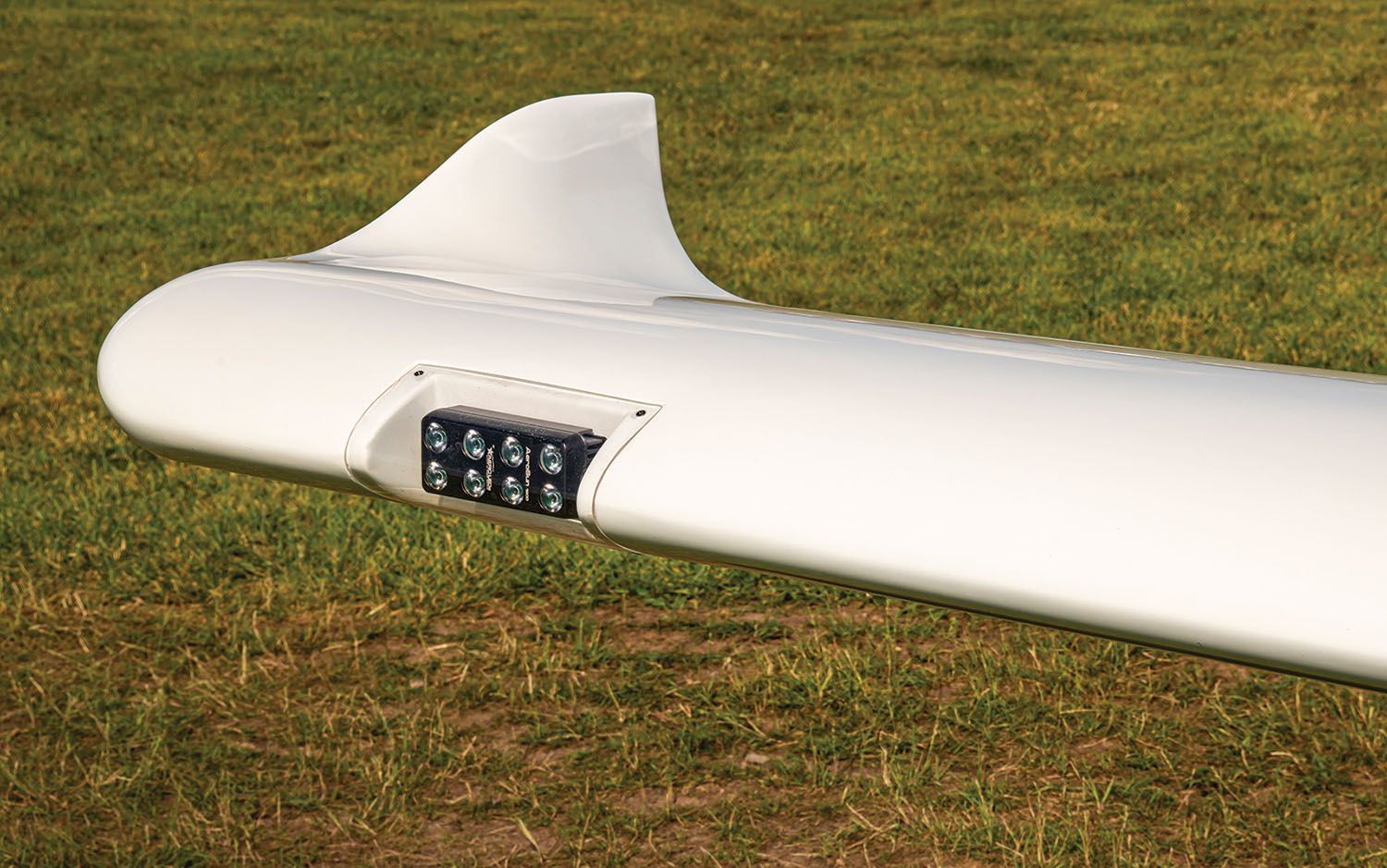
Photos: Richard VanderMeulen.

